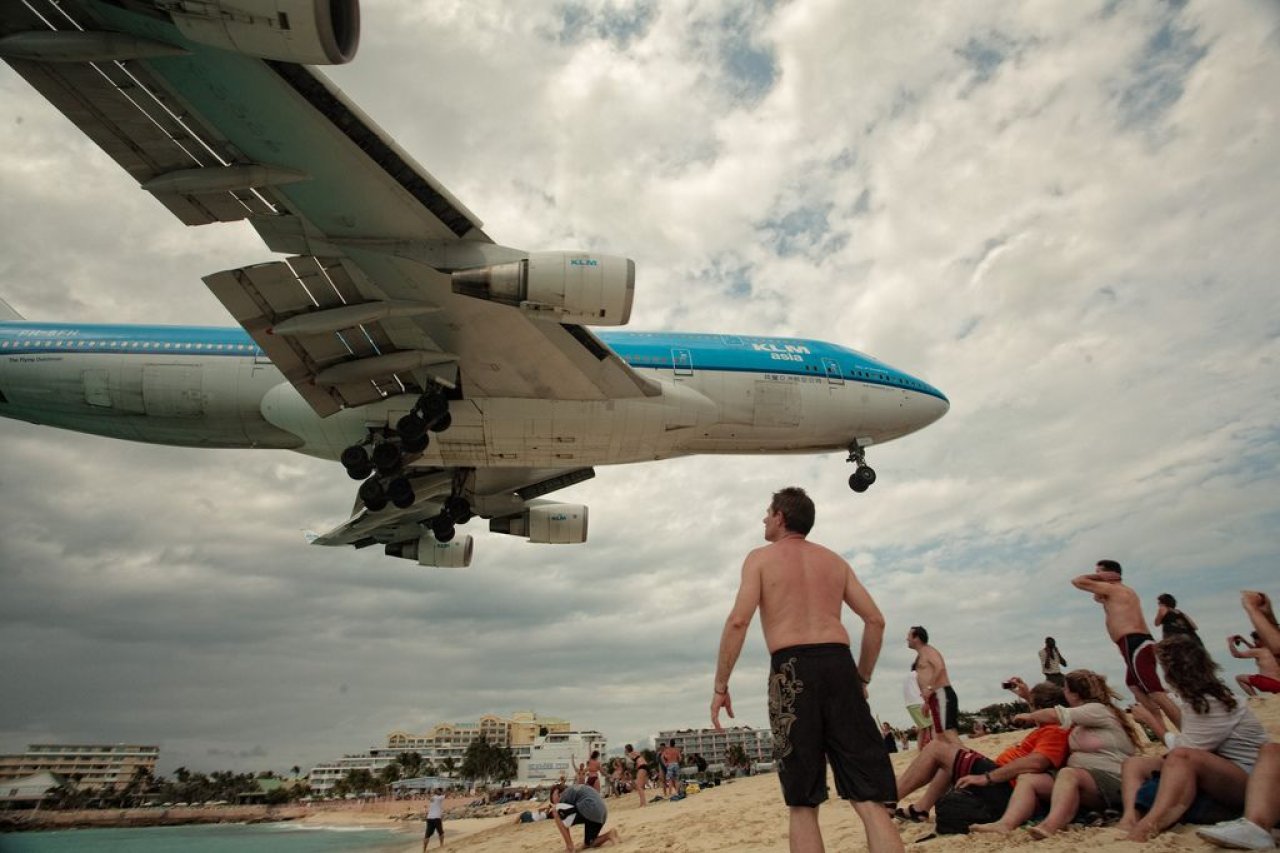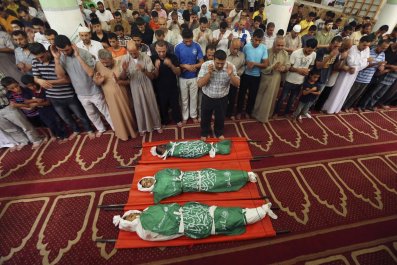Airlines and governments have rushed to offer assurances about how a similar disaster will never happen again. But some security and aviation experts have told Newsweek that the fate of Malaysian Airlines Flight MH17 may prove to heighten, not diminish, the dangers to civilian flights. They believe that an insurgent group could use relatively simple military hardware – much less sophisticated than the equipment used in Ukraine – to bring down an airliner and that some of the world's busiest airline hubs could now be under threat.
International terrorist groups will be conscious of the huge publicity that has been focused on the loss of MH17. They would regard the destruction of an airliner as a huge achievement from which they could not just reap a huge death toll – a 747 can carry as many as 467 passengers – but generate a massive level of exposure that would be focused on their cause.
"Events like MH17 and the impact it has had – with a global audience – will only serve to inspire terrorist groups such as Isis and al-Qaida," says Mark Birdsall, editor of international security magazine Eye Spy. "It is a graphic reminder that downing a passenger plane would devastate the morale of their perceived enemy, massively denting confidence." He adds that insurgent groups, like ordinary criminals, also "have a tendency to imitate counterparts, carrying out copycat attacks perhaps because they are inspired by an example or else because they don't want to lose the limelight".
Even lightly-armed militias, with little formal training, are capable of perpetrating such attacks. All aircraft are vulnerable when they take off and land, points out Chris Yates, a leading authority and consultant on aviation safety. "This is when airliners are at significant risk and vulnerable to small arms fire that is quite capable of downing any airliner." These small arms – such as portable missiles fired from the shoulder – are becoming not just more lethal but more widely available. Justin Bronk, a researcher at the Royal United Services Institute in London, points out that two heat-seeking missiles, the SA-18 and its "even more lethal replacement" the SA-24, are "amongst the most effective man-portable anti-aircraft systems today".
Carrying a 1.8kg warhead over a range of more than 5km, the SA-24 heat-seeking missile is a deadly weapon even against warplanes, having brought down Nato aircraft in war zones such as Bosnia and Iraq. Fired from the shoulder, these weapons are easy to transport and relatively cheap to buy, costing just a few thousand dollars to purchase in the international arms market. They are also easy to operate, with a simple trigger and straightforward optical guidance system. Just one of these missiles can bring down a 747 and each poses, "a significant threat to any aircraft below 6,000 metres", says Bronk.
This relatively close range option presents an attacker with considerable opportunity. "Airliners start to reach the 6,000m threshold a considerable distance – around 40km– from the airport where they touch down," says Robert Mark, a commercial pilot and publisher of Jetwhine.com. An airliner might take about 12 minutes to fly this 40km distance as it takes off and lands, although this time might vary considerably. So any passenger jet, even making the shortest of trips, might potentially be exposed to such dangers for around 40km of its journey time, perhaps more.
Aircraft are more vulnerable in developing countries that lack the effective infrastructure to keep tight control over such large swathes of territory. It was significant that insurgents chose to attack, and narrowly missed, an El Al plane as it took off from Mombasa, Kenya in November 2002, firing just 1.5km from the runway. However, it would be even easier for attackers to take cover, directly under a flight path, in the big cities of the developing world. Aircraft most at risk are those with flight paths leading directly over vast urban areas, such as New Delhi, Lahore and Johannesburg.
Deadly portable weapons have proliferated. Perhaps hundreds of others also allegedly disappeared from Libya during the civil conflict in 2011. But Syria has really been the game-changer.
"The drawn-out conflict in Syria has certainly increased small arms proliferation in the region," says Bronk. "Non-state actors like Isis and Al Nusra have captured large stockpiles of small arms from government forces in both Syria and Iraq. What's more, Chinese versions of these missile systems are also reportedly being covertly supplied to opposition forces in Syria."
Many insurgent groups possess more sophisticated SA-7 heat-seeking missiles, which are specifically designed to bring down aircraft.
These missiles, which have a range of about 3,000m, are easy to carry around and require just a few hours training to operate effectively. The US Federal Aviation Authority currently advises international airlines against flying over Congo beneath a certain altitude precisely because of the danger they pose: in October 1998 rebels brought down a B-727 with a single, simple SA-7 missile.
However, very few airlines appear to have taken effective precautions against such dangers. "Other than a handful of Middle Eastern and Russian private jets, only Israel's national airline, El Al, is known to have taken technical countermeasures to fend off the threat posed by heat-seeking missiles," says Professor Norman Shanks, an expert on aviation safety.
After the Mombasa attack in 2002, El Al became the world's first airline to fit an anti-missile protection system but others have not followed their example. So a slow-moving airliner potentially would be a sitting duck against a missile like the SA-24.






























